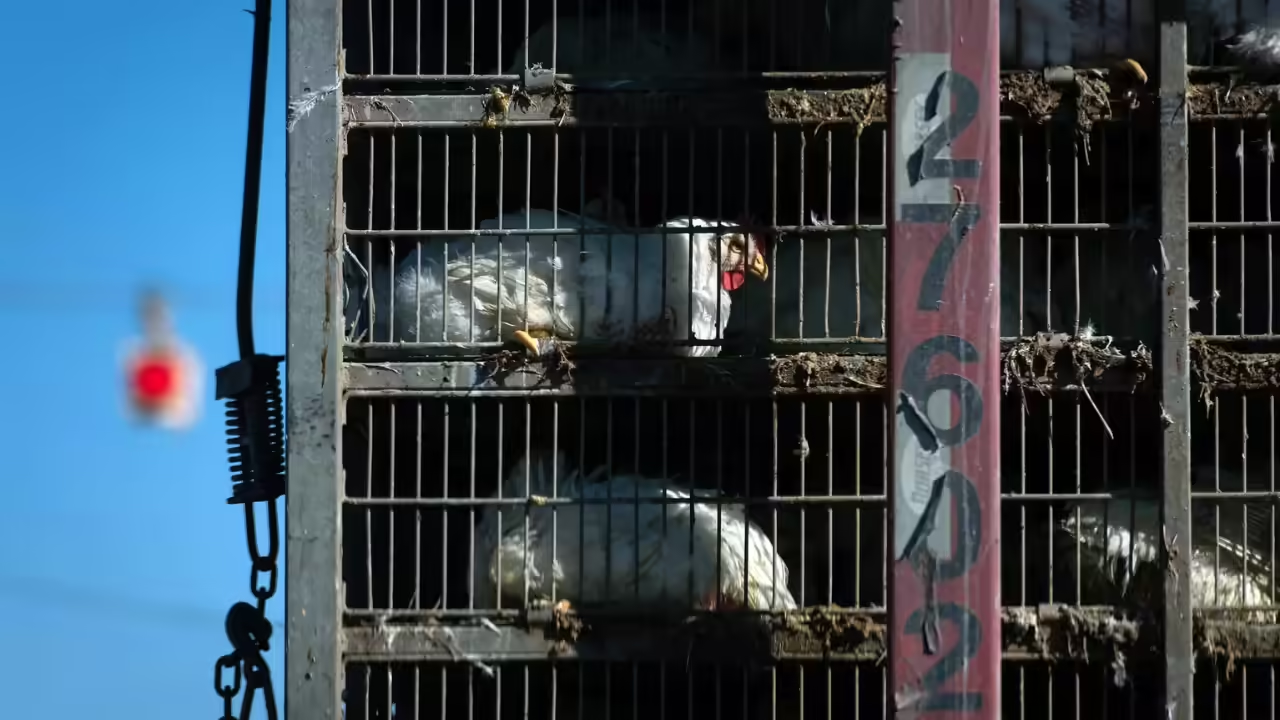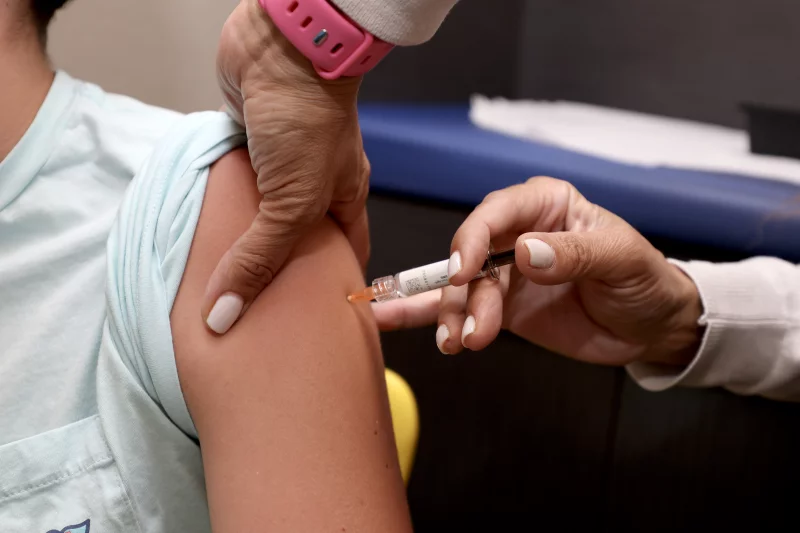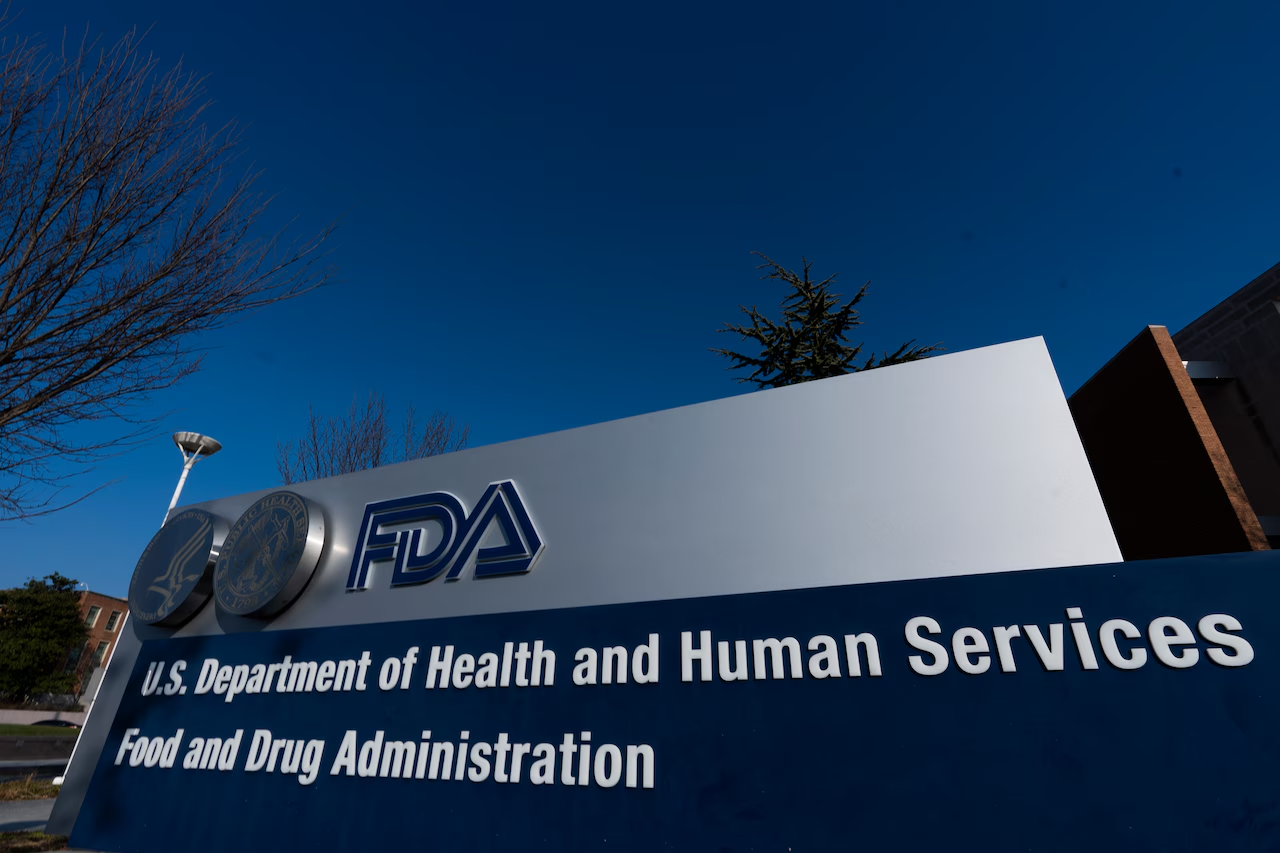Health authorities around the world are raising alarms as cases of avian influenza (bird flu) increase sharply in both wild and domestic birds. The highly pathogenic H5N1 strain is spreading rapidly, prompting emergency responses from governments, veterinary services, and public health officials. While human cases remain rare, the virus’s growing prevalence in bird populations has serious implications for food security, the poultry industry, and public health preparedness.
Recent Outbreaks and Trends
Several countries have reported new outbreaks of H5N1 in poultry farms and wild bird populations. In some areas, hundreds of thousands of birds have been culled to prevent further spread, and temporary control zones have been established to restrict movement of birds and poultry products. Wild migratory birds appear to be playing a key role in the rapid geographic spread of the virus, as infected birds move along natural migration routes.
The pattern of early outbreaks this season suggests that environmental factors, including changing weather patterns and bird migration, may be contributing to a faster and broader spread of the virus than in previous years.
Threats to Human Health
Although bird flu is primarily a disease of birds, sporadic human infections have occurred in the past. Health experts warn that the more the virus circulates in animal populations, the greater the chance of mutation or adaptation that could increase its ability to infect humans. People working closely with poultry, such as farmers and veterinarians, are considered at highest risk. Authorities emphasize that any flu-like symptoms following exposure to birds should be reported immediately and medically evaluated.
Economic and Environmental Impact
The recent surge in bird flu cases poses significant challenges to global agriculture. Poultry farms in affected regions face devastating losses from culling infected flocks, which can disrupt supply chains and drive up the price of poultry and eggs. The virus’s spread to wild bird populations also raises ecological concerns, as it can threaten endangered species and disturb local ecosystems.
Beyond economics, bird flu outbreaks demand considerable resources for containment, surveillance, and public education. Veterinary services are deploying teams for testing, quarantining, and enforcing biosecurity measures to curb further transmission.
Measures to Contain the Outbreak
Authorities are implementing several key measures to manage the bird flu outbreaks:
- Culling infected or exposed flocks to prevent further transmission.
- Restricting the movement of birds, poultry products, and equipment in affected areas.
- Enhanced surveillance in both domestic and wild bird populations to detect early cases.
- Public awareness campaigns urging people to avoid contact with sick or dead birds and report unusual bird deaths promptly.
These strategies aim to limit the virus’s spread and protect both the poultry industry and human populations.
The Bigger Picture
The resurgence of bird flu highlights the ongoing threat of zoonotic diseases—illnesses that can jump from animals to humans. Experts stress the importance of early detection, international cooperation, and research into vaccines and treatments to reduce the risks posed by avian influenza. Continued vigilance and proactive measures remain essential to prevent a local outbreak from escalating into a broader health crisis.
Conclusion
The recent spike in bird flu cases is a reminder that highly contagious diseases in animals can have far-reaching consequences for both health and economies. While human infections remain rare, monitoring, containment, and education are critical to minimizing the impact of this persistent and evolving virus. Farmers, wildlife authorities, and the public must work together to stay vigilant as the virus continues to circulate globally.












Leave a Reply